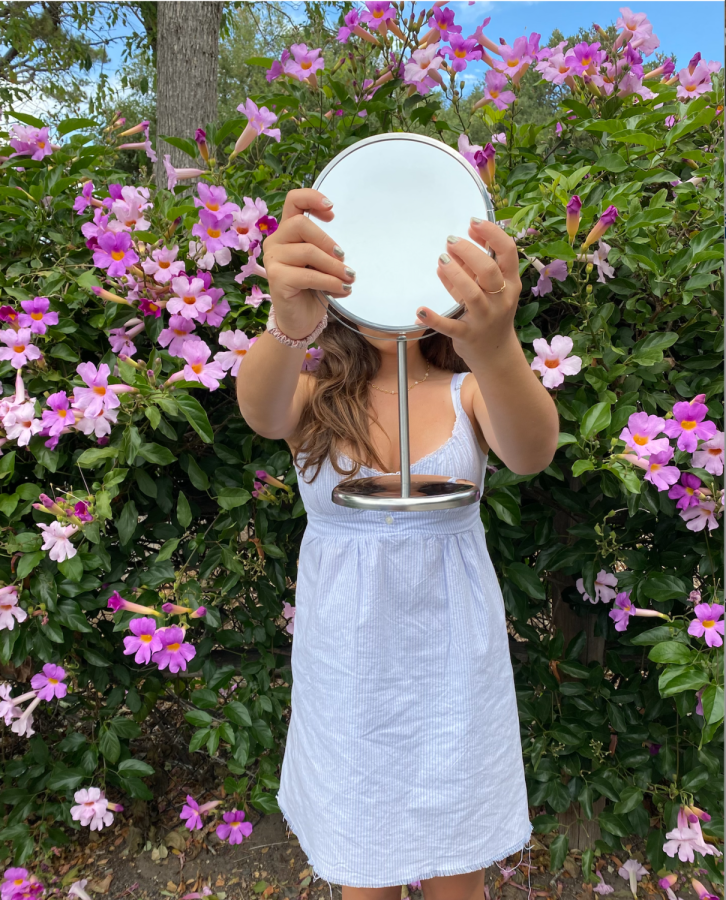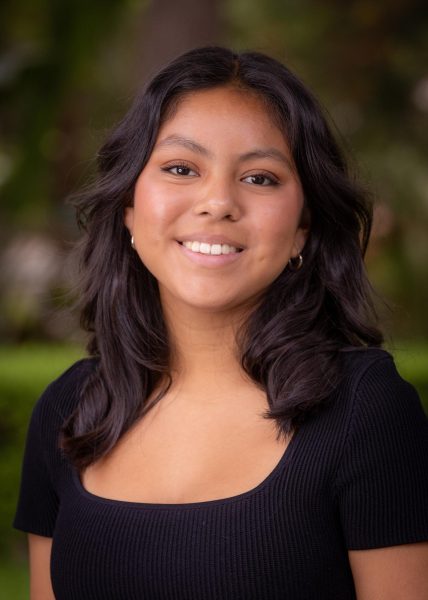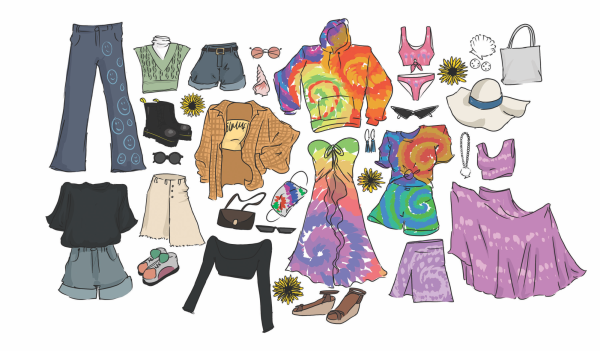Self Discovery in High School
Teenagers seem to have to have it all figured out before they leave high school, including their identity. But what does it truly mean to find yourself?
June 20, 2022
The ideology of “finding yourself” has often been heard of when it applies to high school. Whether it is finding yourself physically, mentally, or spiritually, this ideology seems like it must be crossed off on the high school checklist.
But what does it truly mean to “find” yourself?
Although this term scopes on many different themes, there seem to be three underlying key terms that encompass this phrase: expressing, experiencing, and experimenting with oneself.
“I think the largest part of finding yourself is finding your appearance and expressing yourself through a unique style,” freshman Eleanor Crafton said.
Experimenting with one’s style creates the creative liberty to express their distinctness and personality. Through expressive hairstyles and a unique style, teenagers can find a part of themselves through their “fashion identity.”
Expressing one’s beliefs to their high school community is another way that is part of the process of finding oneself. This gives one a sense of belonging and acceptance in their environment, but being able to experience and lead pep rallies, clubs, and other extracurriculars can lead to teenagers finding their interests that will add a significant portion to their individuality.
Which leads to the most significant aspect that factors into finding oneself: striving to try new activities. This task might seem daunting, but it is essential to experiment to find one’s overall identity. Through the process of experimenting, one can truly find what they are passionate about through interests and hobbies.
It’s impossible to find oneself by following a list of structured, orderly steps. Many different obstacles can hinder an individual from being unable to find their own identity.
The stereotypes that come with embracing their hobbies can be a major obstacle. Labels like “theater geeks” or “robotic nerds” can cause people to hide their true hobbies and embrace the high-school stereotype. Spontaneously having fun and loud parties are all images that come to mind when envisioning the perfect high school experience. However, the peer pressure of having to fit into this cliché can cause one to feel very uncomfortable in their environment.
A term titled “cultural code-switching” is where an individual subconsciously modifies their behavior to accommodate the different cultural norms in their environment—for example, using different language around peers to fit in than they would with close friends. With the desire to fit, or at least blend into both cultures and societies, individuals often create another identity not to face ethnic adversity.
“There are so many pressures and expectations placed on teens, even pressure from themselves. But there are many tools to deal with these pressures. Self care is number one: taking care of your sleep, movement (exercise), connection (relationships), breathwork (mindfulness), and nutrition can build a solid foundation for handling these pressures, ” said Physical Educator Andrea Wilson.
Finding one’s identity does not have to be a stressful process that must be accomplished in the high school years. In the end, “finding yourself” is a perpetual, lifelong journey that will not be a systematic process but, instead, will be an unexpected roller-coaster ride.

















